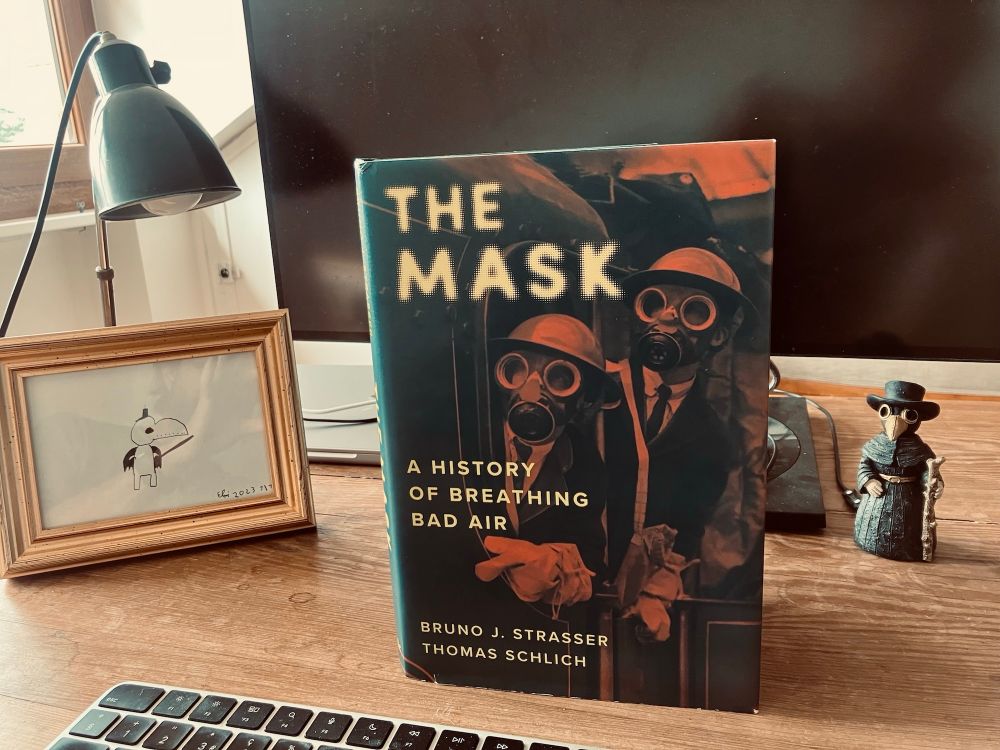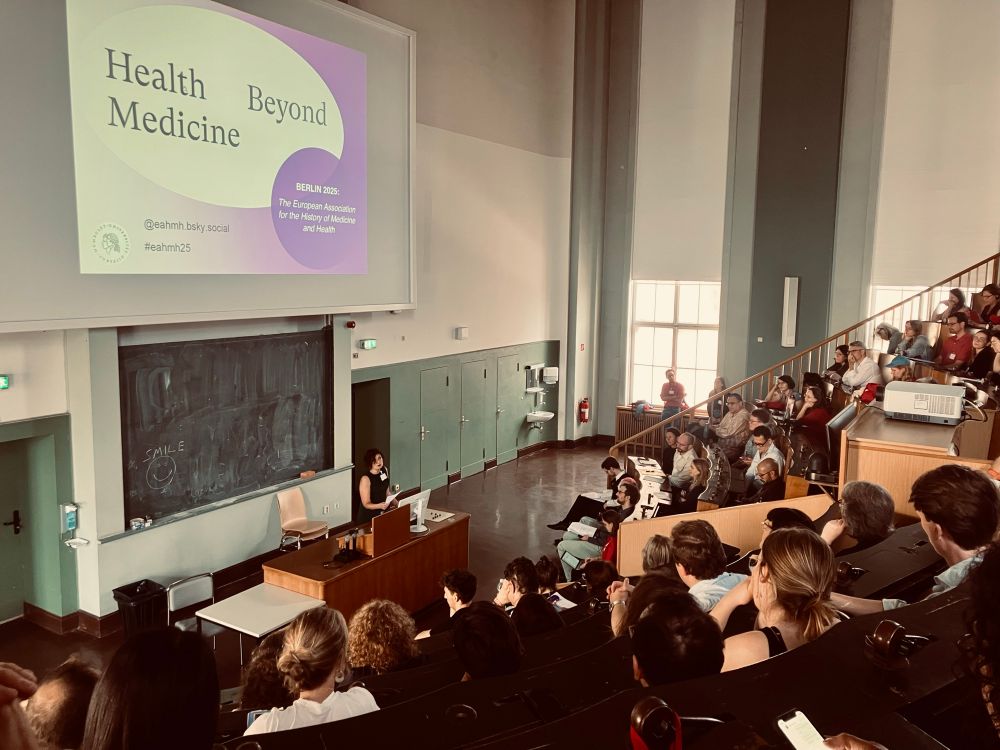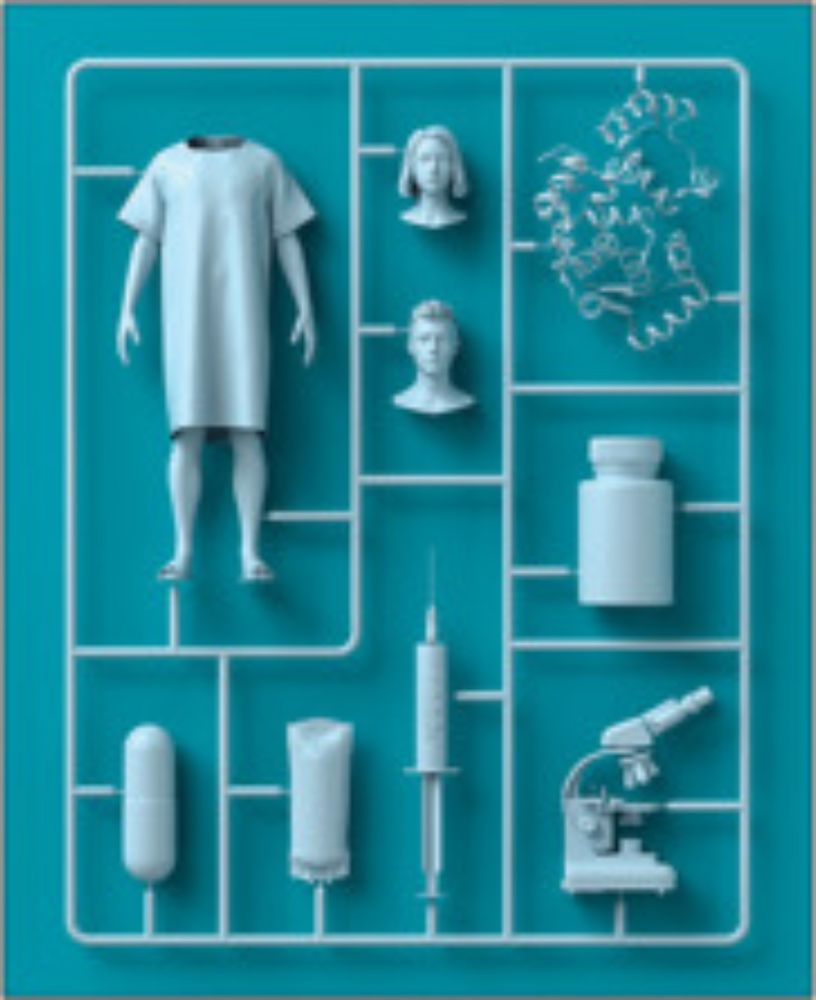
Historian of Science, Technology, Medicine. Just out: Bruno J. Strasser & Thomas Schlich, The Mask: A History of Breathing Bad Air (Yale U Press, 2025)
brunostrasser.com

yalebooks.yale.edu/book/9780300...
@yalepress.bsky.social
@yalebooks.bsky.socuial
Reposted by Bruno J. Strasser


Developed massively in the 19th C, but rarely worn until the 1920s.
Factory worker in Pittsburgh, 1958 (Photo by James Blair)
Reposted by Bruno J. Strasser

Reposted by Bruno J. Strasser

Reposted by Bruno J. Strasser


tinyurl.com/579pz264

Fearless Napoleon touches a plague victim with his face uncovered. His frightened marshal holds a cloth to his mouth (A.-J. Gros, 1804).
Reposted by Bruno J. Strasser

www.epfl.ch/labs/lhst/la...

We show there's more to workers' politics than right-wing resentment. Listening to workers, we reconstruct their moral critiques of money, power & recognition.
Link journals.sagepub.com/doi/10.1177/...

In fact, these pieces of cloths were perfuming devices, soaked in vinegar, when odors caused diseases!
Bas-relief, 12th century, Cathedral of Basel, CH.
#histstm
Reposted by Bruno J. Strasser

👉 yalebooks.yale.edu/book/9780300...
Reposted by Bruno J. Strasser
Reposted by Bruno J. Strasser
Don't miss the international conference :
"Protecting Bodies at Work. Technical Devices, Materialities of Health, and Political Imaginaries"
Program: shorturl.at/rmniy
You can attend online: shorturl.at/Be9mF (Zoom link)
🗃️ #AcademicSky #MedievalSky
Reposted by Bruno J. Strasser

#eahmh25
wellcome.org/research-fun...
Reposted by Bruno J. Strasser

Reposted by Bruno J. Strasser


Reposted by Bruno J. Strasser

#eahmh25 #histmed
Reposted by Bruno J. Strasser

Published by @yalepress.bsky.social @yalebooks.bsky.social
#nocovid #eahmh25

@eahmh.bsky.social


Remember those depictions of plague doctors wearing a beaked mask? Such visual elements were common in the 17th C and were always satirical.
Here is one by F. Bertelli, from Il Carnevale Italiano…1642 (The Met, NY).
tinyurl.com/uvzjs9py
Reposted by Margot C. Finn, Cornelius Schubert, Bruno J. Strasser

Reposted by Bruno J. Strasser


www.thelancet.com/journals/lan...
#PlasticTreaty
Reposted by Bruno J. Strasser

